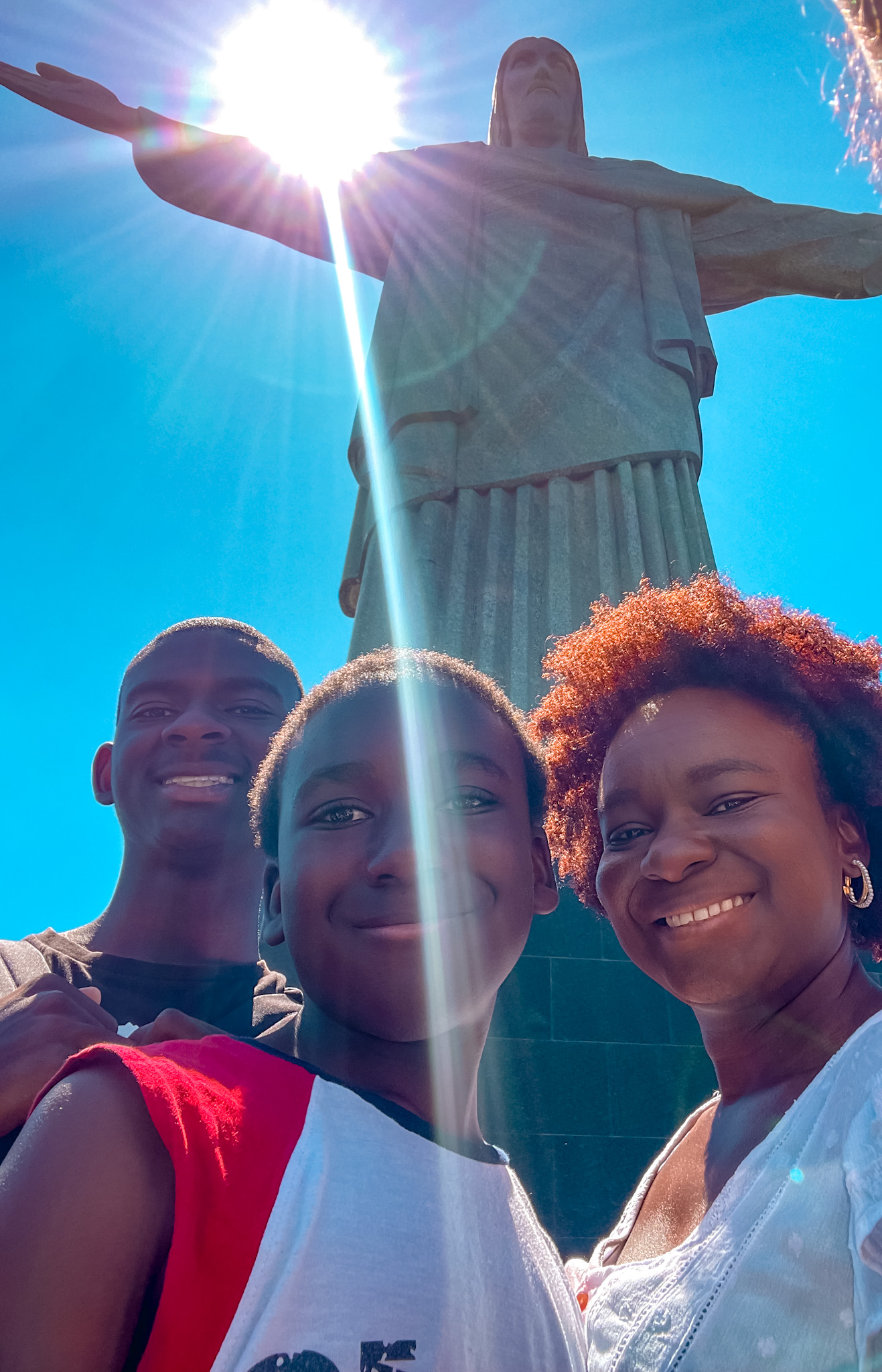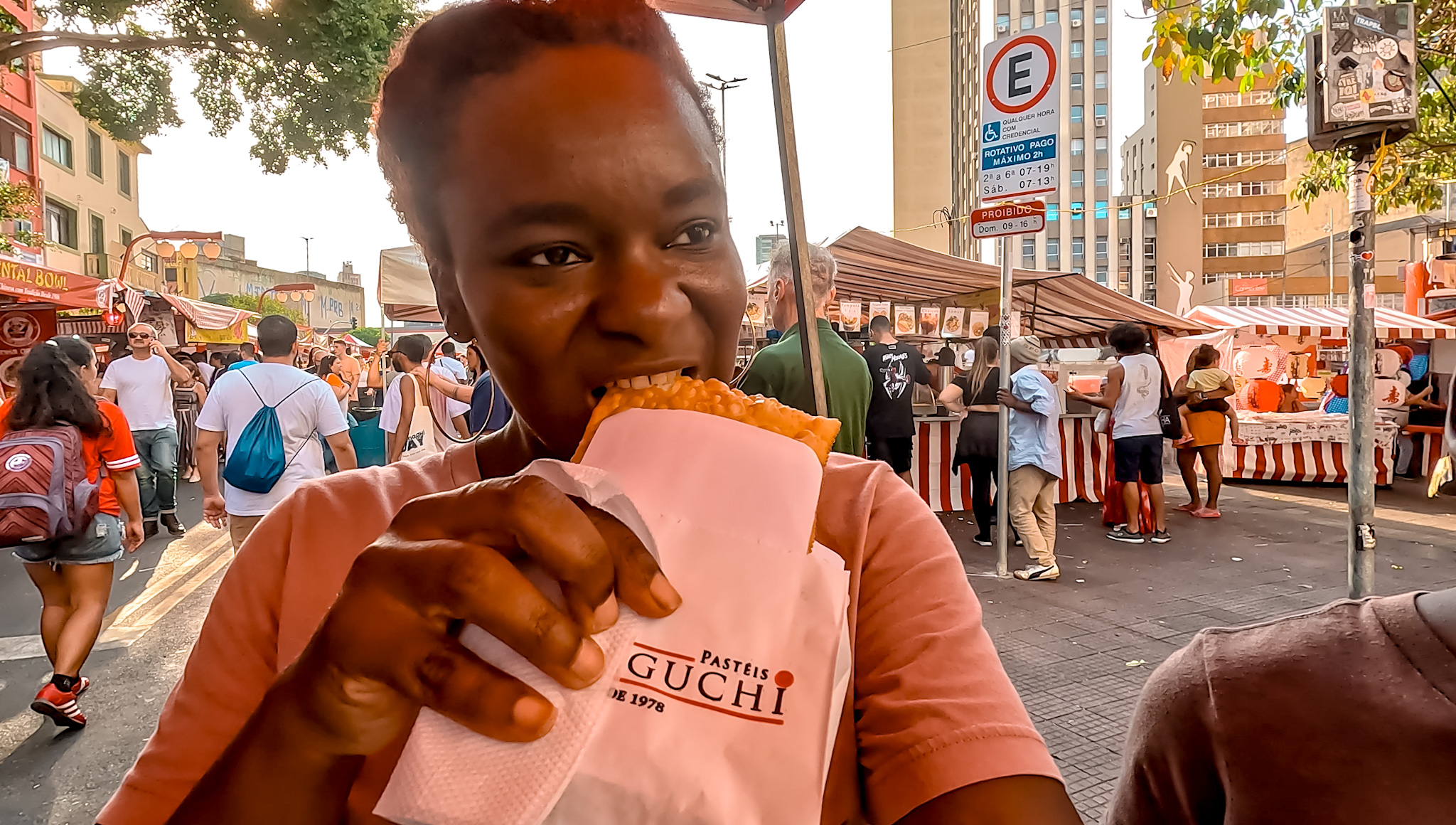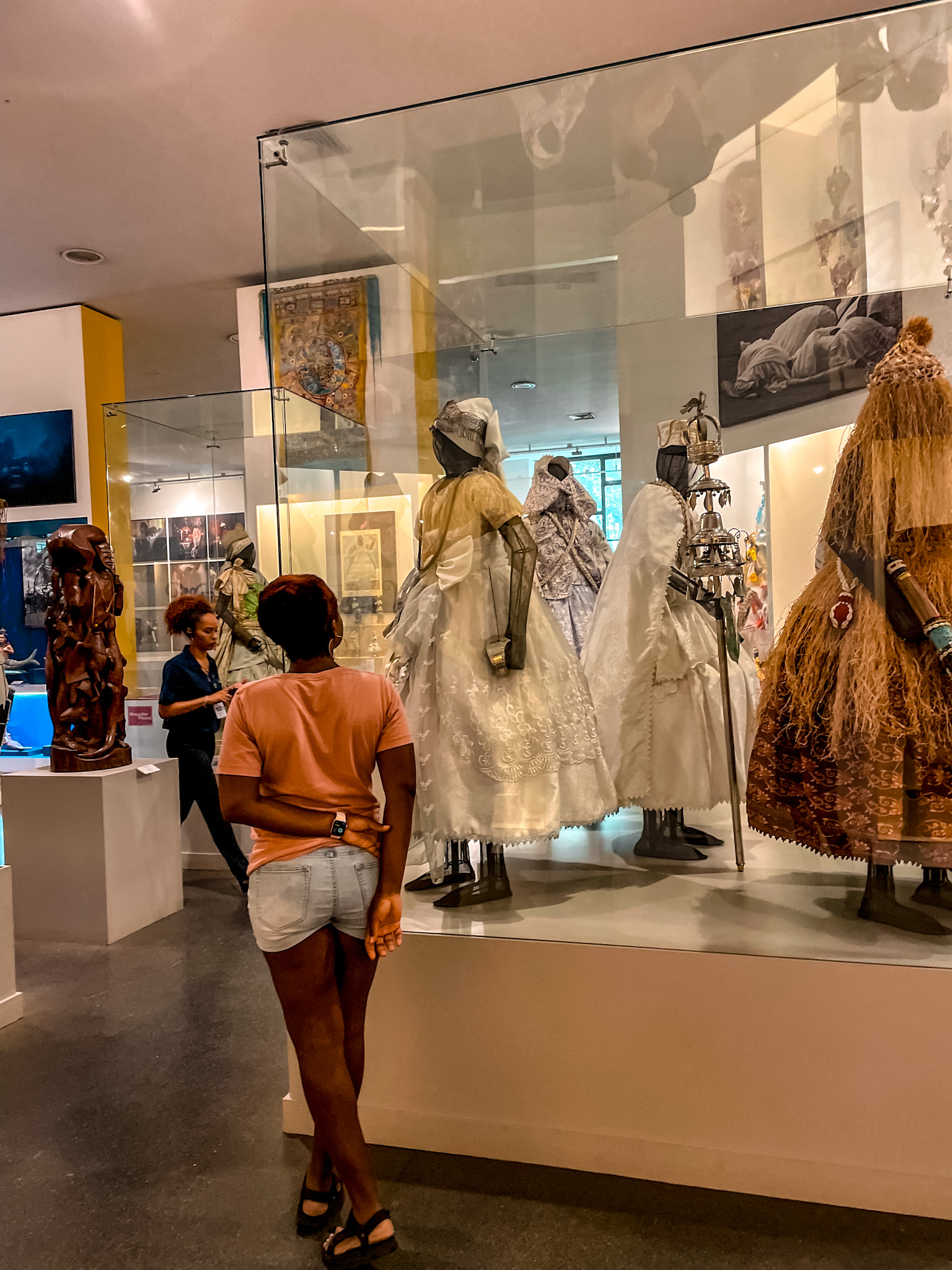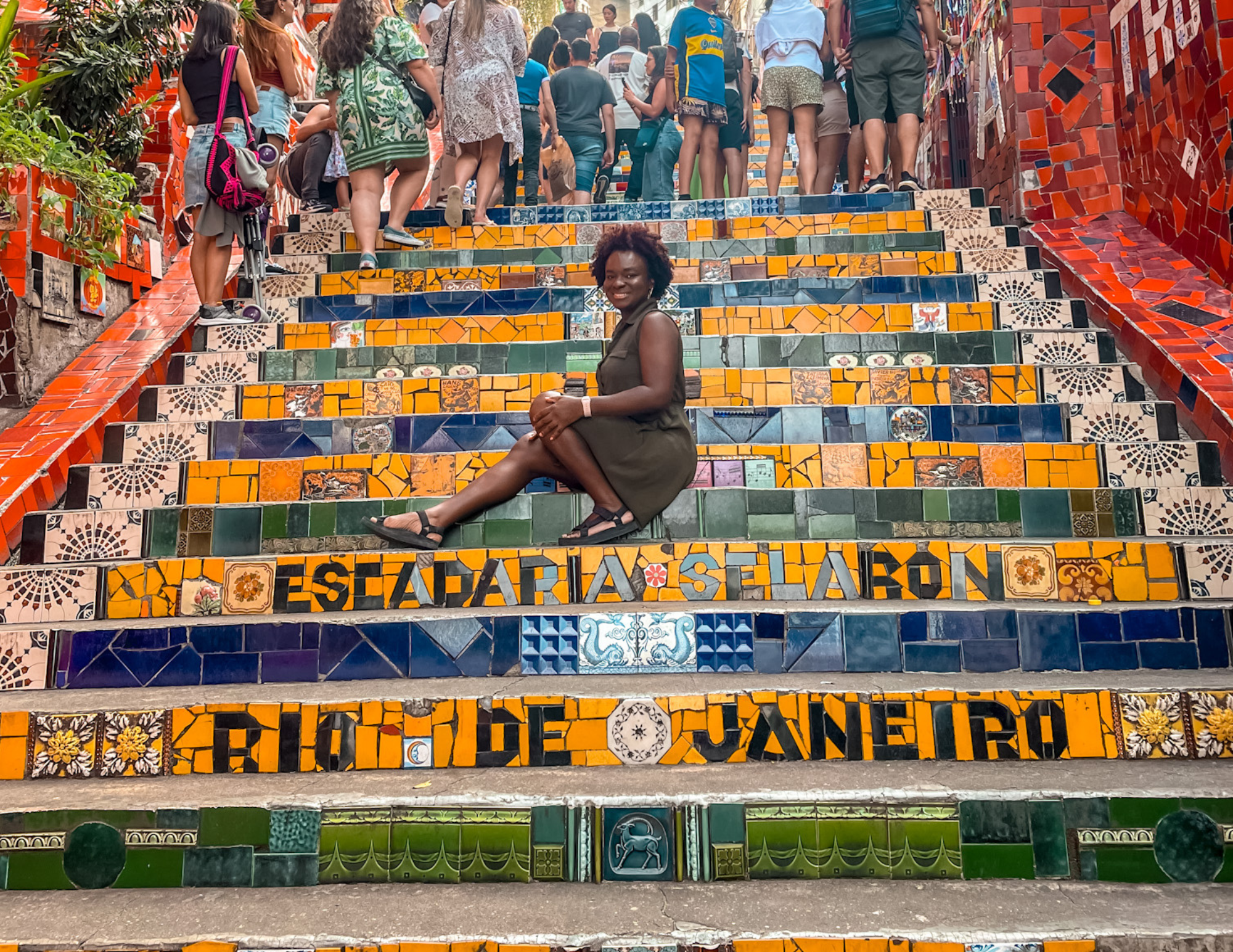Brazil, the largest country in South America, is a vibrant and diverse nation known for its rich culture, breathtaking landscapes, and bustling cities. Whether you’re drawn to its famous beaches, historical sites, or the vibrant rhythms of samba, Brazil offers something for every traveler. Here’s a detailed guide to help you plan your trip, covering the best cities to visit, transportation, visa requirements, safety tips, and more.

Best Cities to Visit
1. Rio de Janeiro:
- Main Attractions:
- Christ the Redeemer: This iconic statue atop Corcovado Mountain offers panoramic views of the city.
- Sugarloaf Mountain: Take a cable car to the summit for stunning views of the coastline.
- Copacabana and Ipanema Beaches: Relax on these world-famous beaches.
- Sambadrome: If you visit during Carnival, don’t miss the parades here.
- Lapa Arches and Selarón Steps: Explore these vibrant cultural landmarks.
- Getting Around:
- Metro: Efficient and safe for most tourist areas.
- Buses and Vans: Widely available but can be crowded.
- Uber: Convenient and safe for getting around the city.
2. São Paulo:
- Main Attractions:
- Avenida Paulista: A bustling avenue with museums, shops, and restaurants.
- Ibirapuera Park: A large urban park with museums and cultural institutions.
- Municipal Market: Famous for its food stalls and pastel de bacalhau.
- Liberdade: The largest Japanese community outside Japan, offering unique cultural experiences.
- Pinacoteca: One of the most important art museums in Brazil.
- Getting Around:
- Metro: Extensive and reliable.
- Buses: Comprehensive network, but can be complicated for non-Portuguese speakers.
- Uber: Widely used and safe.
3. Salvador:
- Main Attractions:
- Pelourinho: Historic center with colonial architecture and vibrant culture.
- Elevador Lacerda: Provides great views of the city and Baía de Todos os Santos.
- Igreja de São Francisco: Known for its lavish gold-leaf interior.
- Getting Around:
- Buses: Main mode of public transport.
- Taxis and Uber: Convenient for tourists.
4. Florianópolis:
- Main Attractions:
- Beaches: Over 40 beautiful beaches to explore.
- Lagoa da Conceição: Popular for water sports and nightlife.
- Hercílio Luz Bridge: An iconic landmark of the city.
- Getting Around:
- Buses: Efficient but can be crowded.
- Car Rentals: Ideal for exploring the island’s various beaches.
Currency and Visa Information
Currency:
- Brazilian Real (BRL): The official currency. ATMs are widely available, and credit cards are commonly accepted.
Visa Information for US Citizens:
- Visa Requirements: Brazil had waived visa requirements for US citizens during the COVID-19 pandemic, but as of now, a visa is required. It’s advisable to apply for a visa well in advance of your trip.
- How to Apply: You can apply for a visa through the Brazilian consulate or use an online e-visa service if available.
Transportation in Brazil
Domestic Flights:
- Airlines: LATAM, Gol, and Azul are the major carriers. Flights are frequent and cover most major cities.
- Booking: It’s advisable to book flights in advance, especially during peak seasons.
Long-Distance Buses:
- Comfortable and Affordable: Buses are a cost-effective way to travel between cities. Companies like Viação Cometa, 1001, and Expresso do Sul offer long-distance services.
- Bus Stations: Major cities have large, well-organized bus terminals.
Local Transportation:
- Metro: Available in cities like Rio de Janeiro, São Paulo, and Brasília. It’s a safe and efficient mode of transport.
- Buses: Widely available but can be confusing for tourists.
- Uber: Safe, reliable, and widely used in major cities.
- Taxis: Readily available but make sure they use the meter.

Food in Brazil
Brazilian cuisine is as diverse as its culture, offering a wide range of flavors and dishes:
- Açai: A popular Amazonian fruit, often served as a frozen smoothie bowl with granola and fruits.
- Empanadas (Pastel): Deep-fried pastries filled with cheese, meat, or other fillings.
- Feijoada: A hearty black bean stew with pork, typically served with rice, collard greens, and orange slices.
- Pão de Queijo: Cheese bread balls, crispy on the outside and chewy on the inside.
- Brigadeiro: Chocolate truffles made with condensed milk, cocoa powder, and butter.
- Moqueca: A flavorful fish stew with coconut milk, tomatoes, and peppers.
- Churrasco: Brazilian barbecue, with various cuts of meat grilled to perfection.
Seasons and Best Time to Visit
Brazil’s climate varies greatly depending on the region:
- Summer (December to March): Hot and humid, especially in the coastal regions. It’s peak tourist season, with lively festivals and events.
- Winter (June to September): Mild temperatures, particularly in the south. It’s a great time to visit if you prefer cooler weather and fewer crowds.
- Best Time to Visit: Spring (September to November) and fall (March to June) offer pleasant weather and fewer tourists.
Safety Tips
Brazil is known for its vibrant culture and beautiful landscapes, but it's also important to be aware of safety precautions:
- Avoid Flashy Jewelry: Do not wear expensive jewelry or display valuable items in public.
- Stay Alert: Be mindful of your surroundings, especially in crowded places and tourist areas.
- Use Uber: For safe transportation, especially at night. Avoid walking alone in unfamiliar or poorly lit areas.
- Stay in Safe Areas: Research neighborhoods and stay in well-reviewed accommodations.
- Tourist Scams: Be cautious of common scams, such as overcharging by taxis, distraction thefts, and false offers of help. Stick to reputable service providers.
While Brazil is considered to have safety concerns, don’t let it deter you from visiting. We visited Rio and São Paulo and had no problems. By taking suggested safety steps, we had a pleasant and enjoyable trip.
Tourist Scams to Watch Out For
- Fake Guides: Unlicensed guides offering tours at tourist sites. Always use official guides or book tours through reputable agencies.
- ATM Scams: Use ATMs inside banks or shopping centers to avoid card skimming.
- Overpriced Taxis: Ensure the taxi meter is used or pre-book through an app like Uber.
- Pickpocketing: Keep your belongings secure and be cautious in crowded areas.

History and Culture
History:
- Colonial Era: Brazil was a Portuguese colony for over 300 years, gaining independence in 1822.
- Modern Brazil: Known for its cultural diversity, economic growth, and significant social challenges.
Black History in Brazil:
- African Influence: Brazil has the largest African-descendant population outside Africa. African culture significantly influences Brazilian music, dance, religion, and cuisine.
- Historic Sites: Visit places like the Valongo Wharf in Rio de Janeiro, a former slave port and now a UNESCO World Heritage site, and the Pelourinho district in Salvador, known for its Afro-Brazilian culture.
Brazil is a captivating destination with a rich cultural tapestry, stunning natural beauty, and dynamic cities. Whether you’re exploring the beaches of Rio, the bustling streets of São Paulo, or the historic districts of Salvador, there’s something for every traveler. Prepare well, stay safe, and immerse yourself in the vibrant rhythms of Brazil.

